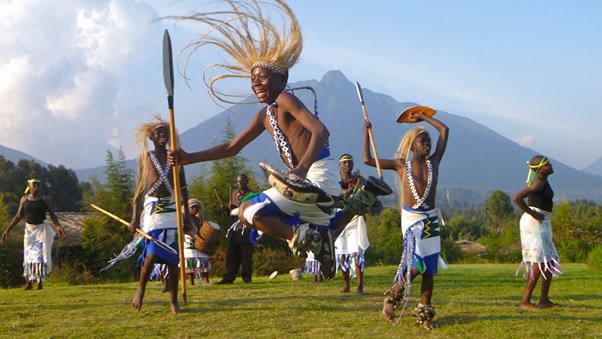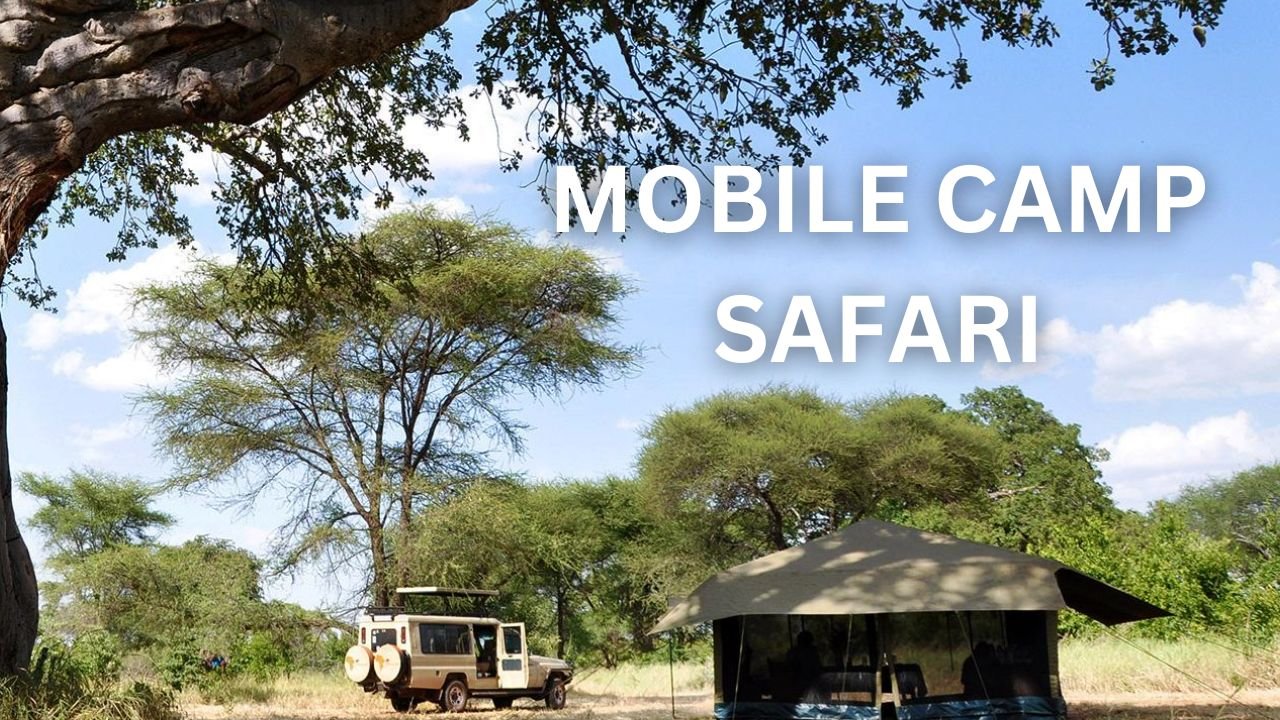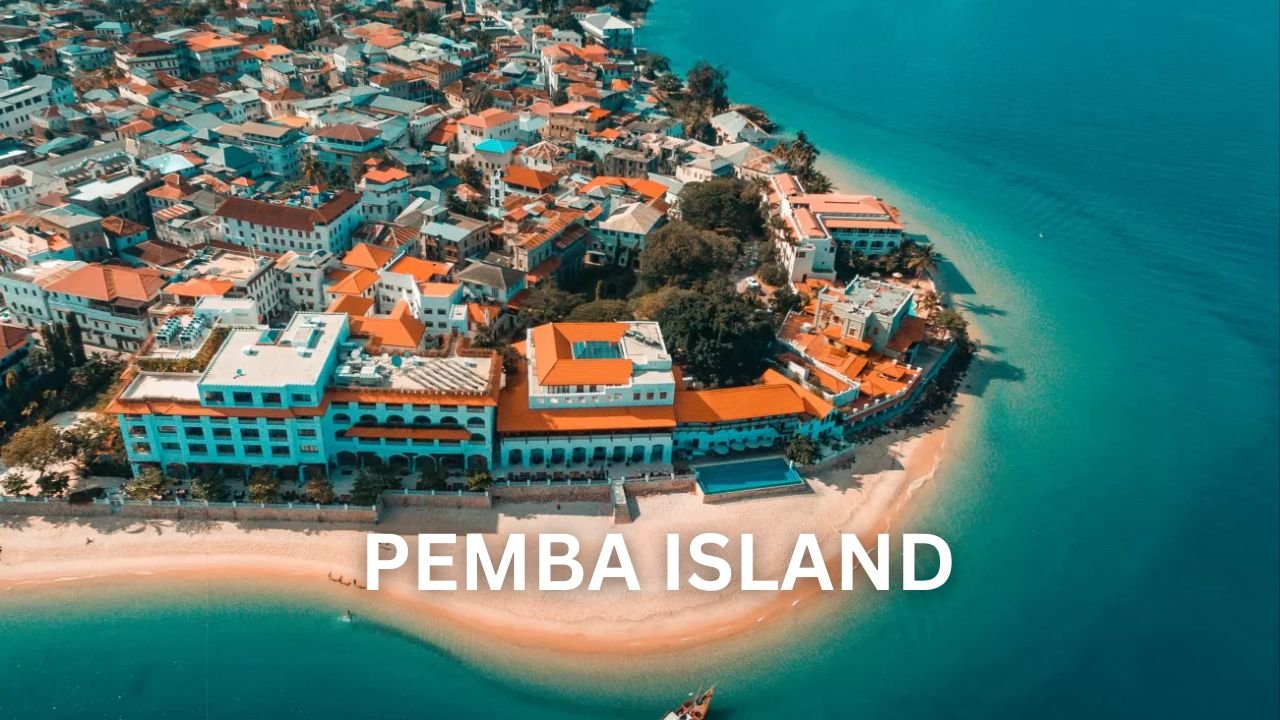
- Protection of Wildlife and Habitats: The primary objective of conservation efforts is to protect the diverse wildlife species and their habitats within the reserve. This includes the implementation of anti-poaching measures to curb illegal hunting and trafficking of wildlife, as well as preventing habitat destruction and degradation caused by human activities.
- Community Engagement and Collaboration: Engaging with local communities living around the reserve is essential for successful conservation. Collaborative efforts with local communities involve raising awareness about the importance of wildlife and ecosystems, providing alternative livelihood opportunities to reduce human-wildlife conflict, and involving local people in conservation initiatives.
- Research and Monitoring: Conservationists and researchers conduct studies and monitor the reserve’s wildlife and ecosystems to better understand the dynamics and health of the area. This information helps in making informed conservation decisions and implementing appropriate management strategies.
- Ecotourism and Sustainable Use: Promoting responsible ecotourism in the reserve helps generate revenue for conservation efforts while also creating awareness among visitors about the importance of wildlife and environmental protection. Sustainable use of resources, such as regulated tourism activities and controlled harvesting of non-timber forest products, is also part of conservation strategies.
- Anti-Poaching and Law Enforcement: To combat poaching and illegal activities, dedicated law enforcement teams work to patrol the reserve and enforce wildlife protection laws. This includes working with local authorities and other agencies to apprehend and prosecute poachers and wildlife traffickers.
- Ecosystem Restoration and Management: In cases where habitats have been degraded or damaged, restoration efforts are undertaken to rehabilitate ecosystems. This may involve reforestation, habitat enhancement, and managing invasive species to improve ecological integrity.
- International Collaboration: Conservation efforts often involve collaborations with international organizations, NGOs, and research institutions that provide expertise, technical assistance, and funding to support conservation initiatives in the reserve.
- Biodiversity Hotspot: The Albertine Rift is recognized as a biodiversity hotspot, characterized by a high concentration of species found nowhere else on Earth. The reserve’s location within this hotspot makes it a critical area for conserving a wide array of plant and animal species.
- Rich Wildlife Diversity: The reserve is home to a diverse range of wildlife species, including large mammals such as elephants, buffaloes, and Uganda Kobs (a type of antelope). It also harbors various primate species, including chimpanzees, baboons, vervet monkeys, red-tailed monkeys, and black and white colobus monkeys.
- Avian Diversity: The Toro Semuliki Wildlife Reserve is a haven for birdwatchers, as it boasts an impressive bird population. It provides habitat for over 440 bird species, including the iconic Shoebill, African Pygmy Goose, Blue-breasted and Blue-cheeked Bee-eaters, and Abyssinian Ground-hornbill.
- Unique Habitats: The reserve’s diverse landscapes encompass open acacia-combretum woodland, grassy savannah, Borassus palm forests, riparian woodlands along watercourses, and extensive swamps toward Lake Albert. These varied habitats support different wildlife species, contributing to the overall ecological richness of the area.
- Ecosystem Services: The reserve plays a vital role in providing ecosystem services to local communities and the broader region. These services include water regulation, soil fertility maintenance, carbon sequestration, and pollination, which are essential for the well-being of both wildlife and humans.
- Conservation Corridor: The Albertine Rift is not only a biodiversity hotspot but also serves as a conservation corridor, connecting various protected areas in the region. This connectivity allows for the movement of wildlife populations, promoting genetic diversity and enhancing the resilience of ecosystems.
- Research and Scientific Importance: The reserve’s unique ecological characteristics attract researchers and scientists from around the world. Studies conducted in the area contribute to a better understanding of tropical ecosystems, wildlife behaviour, and the impacts of conservation efforts.
- Cultural Significance: The ecological significance of the Toro Semuliki Wildlife Reserve is interwoven with the cultural heritage of the local communities living around it. The preservation of the reserve’s biodiversity and natural resources holds cultural value for these communities and their traditional practices.
- Karugutu-Kyabandara Community:
- Rwebisengo Community:
- Ntoroko Fishing Community:
- Kasesenge-Kyakabaseke Community:




